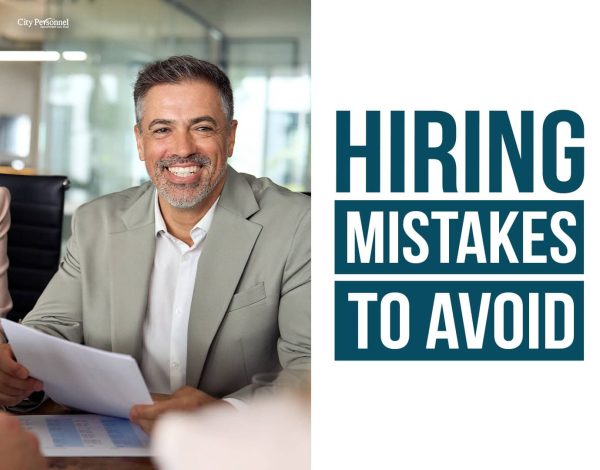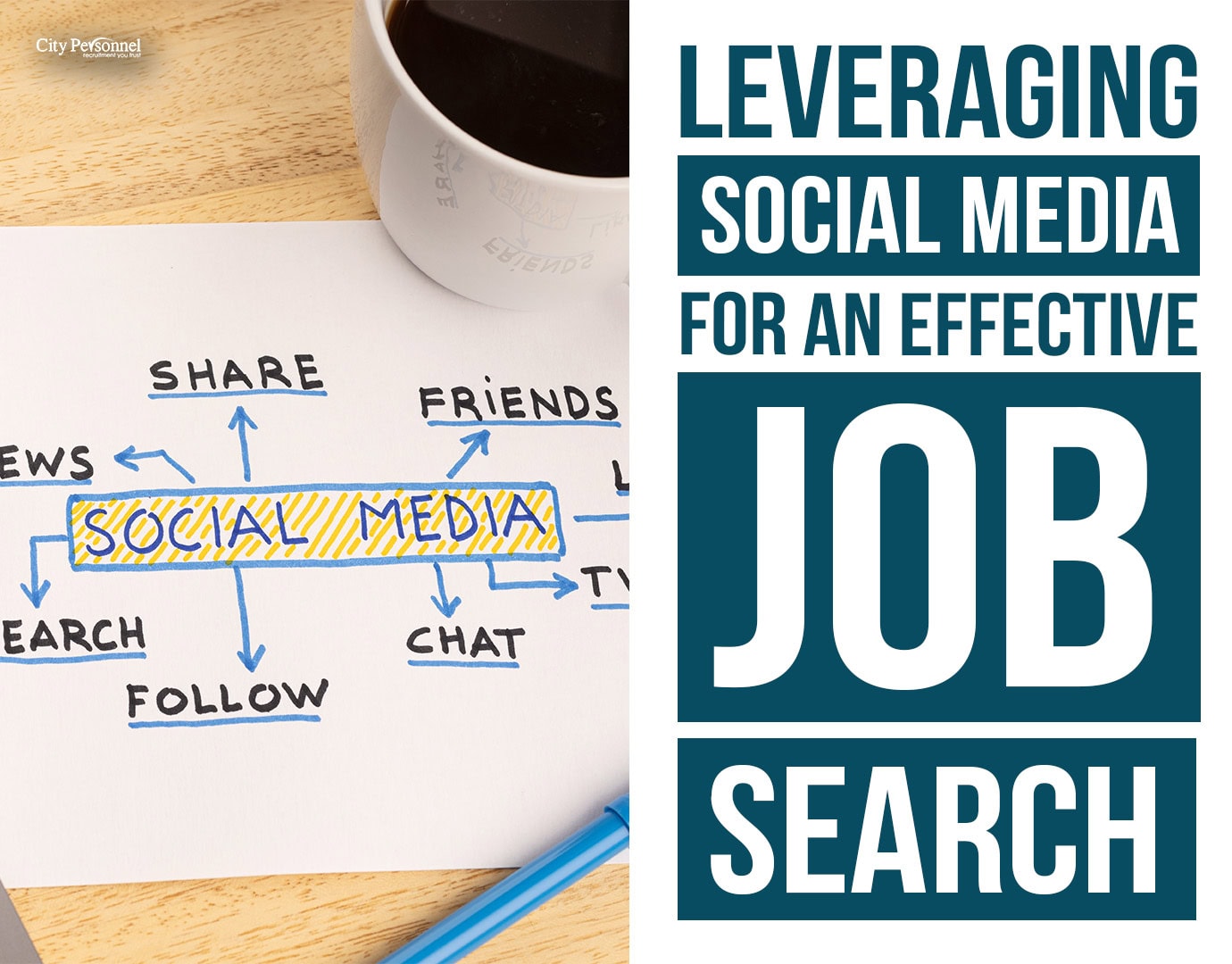In the evolving world of recruitment and human resources, staying ahead of the curve is critical. As we approach the halfway mark of 2024, HR professionals are faced with new challenges and opportunities in acquiring top talent. This blog post will explore six common hiring mistakes to avoid, ensuring your company secures the right candidates while fostering an inclusive, tech-savvy, and efficient hiring ecosystem.
Six Hiring Mistakes
Mistake 1: Assuming Anything Is One Size Fits All.
In the ever-evolving landscape of hiring, one of the most significant mistakes organizations can make is assuming that a one-size-fits-all approach will work for all candidates. While hiring trends might suggest that job seekers have uniform preferences—such as favoring 4-day workweek versus the standard 5-day workweek—the reality is far more complex. Candidate preferences are highly individualized and can vary widely based on personal circumstances, career goals, and work styles.
For instance, some candidates might thrive in a hybrid environment that offers the flexibility of remote work combined with the camaraderie of in-office collaboration. Others might prefer the structure and social interaction of a fully in-person role. Similarly, while some employees may excel in collaborative settings, others might find they are more productive when working independently.
To effectively attract top talent, it’s crucial to recognize and respect these diverse preferences. Start by engaging with your current team to gather insights. Conduct surveys, hold feedback sessions, or implement suggestion boxes to understand what initially attracted them to your organization, what aspects of their roles they enjoy, and what areas they believe could be improved.
Mistake 2: Overlooking the Importance of Diversity and Inclusion in Hiring.
In today’s globalized market, diversity and inclusion (D&I) are not just ethical imperatives but also vital components of a successful business strategy. Companies with diverse workforces are better positioned to drive innovation, understand and serve a broader client base, and achieve superior financial performance.
However, many organizations still lag in implementing inclusive hiring practices, often due to unconscious biases or outdated recruitment methods.
A diverse workforce brings together individuals with varied perspectives, experiences, and problem-solving approaches. This diversity of thought fosters creativity and innovation, leading to breakthrough ideas and solutions that can give companies a competitive edge. Research indicates that companies with higher levels of racial and ethnic diversity are 35% more likely to have financial returns above their respective national industry medians.
Moreover, a workforce that reflects the diversity of the market can better understand and meet the needs of a broad and varied customer base. This alignment enhances customer satisfaction, loyalty, and ultimately, profitability. Inclusivity in the workplace also contributes to higher employee engagement and retention rates, as employees feel valued and respected for their unique contributions.
Mistake 3: Failing to Leverage Technology for Efficient Hiring.
In the fast-paced world of recruitment, failing to leverage technology can significantly hinder your hiring efficiency and effectiveness. While traditional hiring methods have their merits, they often fall short in today’s digital age where speed, accuracy, and data-driven decisions are paramount.
The Benefits of Technology in Hiring
- Streamlined Processes: One of the primary advantages of utilizing technology in hiring is the ability to streamline and automate time-consuming tasks. This includes everything from posting job listings across multiple platforms to sorting through hundreds of resumes. Automation reduces manual effort, allowing recruiters to focus on strategic activities such as candidate engagement and relationship building.
- Enhanced Candidate Screening: AI-powered tools can analyze vast amounts of data quickly and accurately, identifying the best candidates based on predefined criteria. These tools can screen resumes for keywords, qualifications, and experiences that match the job requirements, reducing the risk of human error and unconscious bias. Additionally, predictive analytics can assess candidate fit by analyzing past hiring data and performance metrics.
- Improved Candidate Experience: Digital tools can significantly enhance the candidate experience, a crucial aspect of successful hiring. Chatbots, for example, can provide instant responses to candidate inquiries, schedule interviews, and even conduct initial pre-screening interviews. Video interviewing platforms allow candidates to participate in interviews at their convenience, making the process more flexible and accessible.
- Data-Driven Decisions: Technology facilitates data-driven decision-making by providing recruiters with valuable insights and analytics. Tracking key performance indicators (KPIs) such as time-to-hire, cost-per-hire, and candidate source effectiveness helps optimize recruitment strategies. Moreover, sentiment analysis tools can gauge candidate satisfaction and engagement, informing improvements in the hiring process.
Mistake 4: Rushing Through the Interview Process.
In the competitive landscape of talent acquisition, the pressure to fill vacancies quickly can often lead companies to rush through the interview process. While speed is important, hasty hiring decisions can result in suboptimal hires that may cost the organization significantly in terms of time, money, and productivity. A thorough and deliberate interview process is essential to ensure that candidates are not only qualified but also a good cultural fit for the organization.
The Consequences of Rushed Hiring
- Poor Fit: When interviews are rushed, there isn’t enough time to properly assess a candidate’s fit with the company culture, values, and team dynamics. This can lead to hiring individuals who may have the right skills but do not align with the organizational culture, leading to dissatisfaction and higher turnover rates.
- Missed Red Flags: Rushed interviews can result in missing critical red flags that might indicate a candidate’s unsuitability for the role. These red flags could include a lack of necessary soft skills, potential conflicts, or other issues that could affect their performance and integration into the team.
- Reduced Candidate Experience: A hurried interview process can also negatively impact the candidate experience. Candidates who feel rushed or inadequately assessed may perceive the company as disorganized or uninterested in their individual fit, reducing the chances of accepting an offer if extended.
Mistake 5: Ignoring Candidate Experience.
In the competitive talent market, candidate experience plays a critical role in shaping perceptions of your company. How candidates perceive your recruitment process can significantly impact your employer brand and influence whether top talent chooses to join your organization or look elsewhere. Ignoring candidate experience not only risks losing skilled candidates but also tarnishes your reputation, potentially driving future applicants to your competitors.
The Importance of Candidate Experience
- Employer Brand: Your recruitment process is often the first direct interaction candidates have with your company. A positive experience can enhance your employer brand, portraying your organization as professional, respectful, and employee-centric. Conversely, a negative experience can spread quickly through word-of-mouth or online reviews, damaging your brand and making it harder to attract top talent.
- Candidate Loyalty: Even if candidates are not selected for a position, a positive experience can leave them with a favorable impression of your company. This can lead to future applications, referrals, and even potential business opportunities. Candidates who feel valued and respected are more likely to engage with your brand again.
- Competitive Advantage: In a tight labor market, providing an exceptional candidate experience can be a key differentiator. Companies that prioritize candidate experience often find it easier to attract and retain high-quality talent, giving them a competitive advantage.
Mistake 6: Not Conducting Thorough Background Checks.
In the rush to fill vacancies, some companies may overlook the critical step of conducting thorough background checks. While it might seem like a time-saving measure, skipping or inadequately performing background checks can lead to significant legal, financial, and reputational repercussions. Prioritizing comprehensive background checks ensures that you are hiring candidates who are not only qualified but also trustworthy and reliable.
The Importance of Background Checks
- Legal Compliance: Many industries have regulatory requirements mandating background checks for employees. Failing to comply with these regulations can result in substantial fines and legal penalties. Furthermore, hiring individuals with undisclosed criminal records, falsified credentials, or other red flags can expose your company to litigation risks.
- Workplace Safety: Ensuring the safety and security of the workplace is paramount. Comprehensive background checks help identify candidates with histories of violent behavior, fraud, or other criminal activities that could endanger your employees and clients. A safe work environment fosters trust and productivity among your workforce.
- Reputational Integrity: Your employees represent your company’s brand and values. Hiring someone with a questionable background can damage your company’s reputation and erode trust with customers, partners, and stakeholders. Thorough background checks help protect your company’s integrity and public image.
- Verification of Qualifications: It’s crucial to verify the accuracy of candidates’ resumes and credentials. Background checks can confirm educational qualifications, employment history, and professional licenses. This ensures that candidates possess the skills and experience they claim, preventing costly hiring mistakes.
Avoiding these six hiring mistakes is paramount for establishing your organization as a desirable destination for top-tier talent. Remember, the quality of your hires is a direct reflection of the quality of your hiring process.








